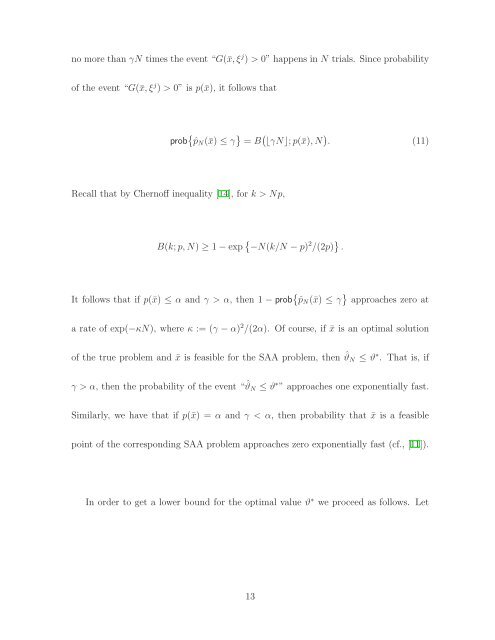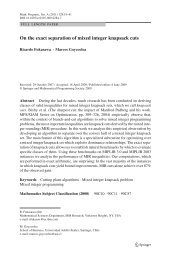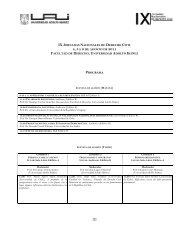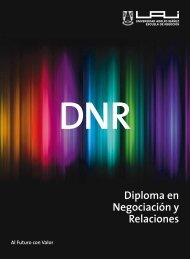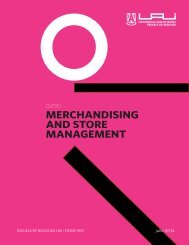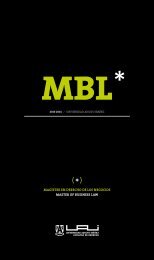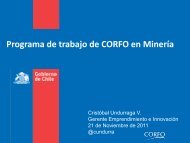Sample Average Approximation Method for Chance Constrained ...
Sample Average Approximation Method for Chance Constrained ...
Sample Average Approximation Method for Chance Constrained ...
- No tags were found...
You also want an ePaper? Increase the reach of your titles
YUMPU automatically turns print PDFs into web optimized ePapers that Google loves.
no more than γN times the event “G(¯x, ξ j ) > 0” happens in N trials. Since probabilityof the event “G(¯x, ξ j ) > 0” is p(¯x), it follows thatprob {ˆp N (¯x) ≤ γ } = B ( ⌊γN⌋; p(¯x), N ) . (11)Recall that by Chernoff inequality [14], <strong>for</strong> k > Np,B(k; p, N) ≥ 1 − exp { −N(k/N − p) 2 /(2p) } .It follows that if p(¯x) ≤ α and γ > α, then 1 − prob {ˆp N (¯x) ≤ γ } approaches zero ata rate of exp(−κN), where κ := (γ − α) 2 /(2α). Of course, if ¯x is an optimal solutionof the true problem and ¯x is feasible <strong>for</strong> the SAA problem, then ˆϑ N ≤ ϑ ∗ . That is, ifγ > α, then the probability of the event “ˆϑ N ≤ ϑ ∗ ” approaches one exponentially fast.Similarly, we have that if p(¯x) = α and γ < α, then probability that ¯x is a feasiblepoint of the corresponding SAA problem approaches zero exponentially fast (cf., [11]).In order to get a lower bound <strong>for</strong> the optimal value ϑ ∗ we proceed as follows. Let13


